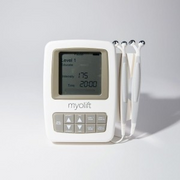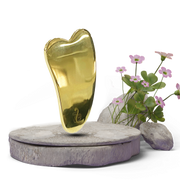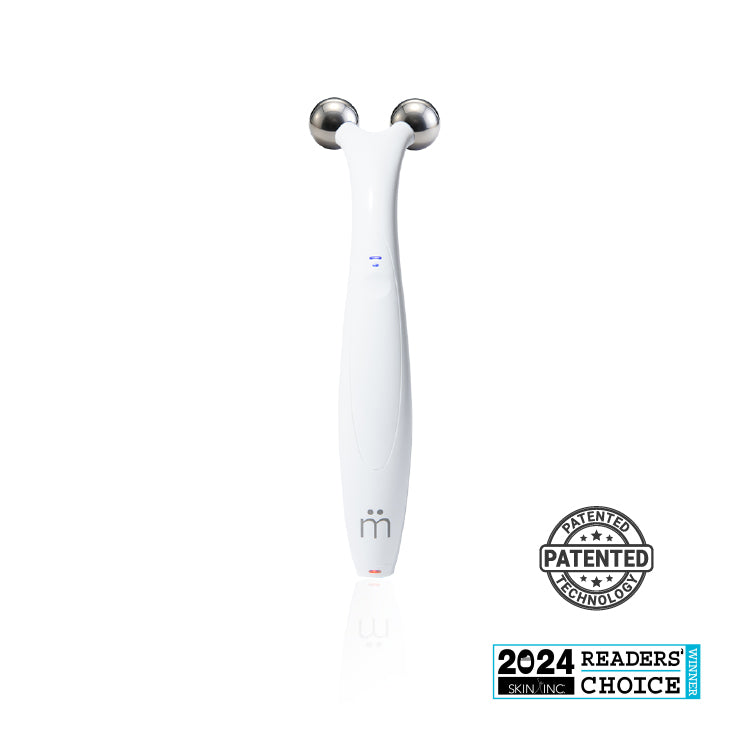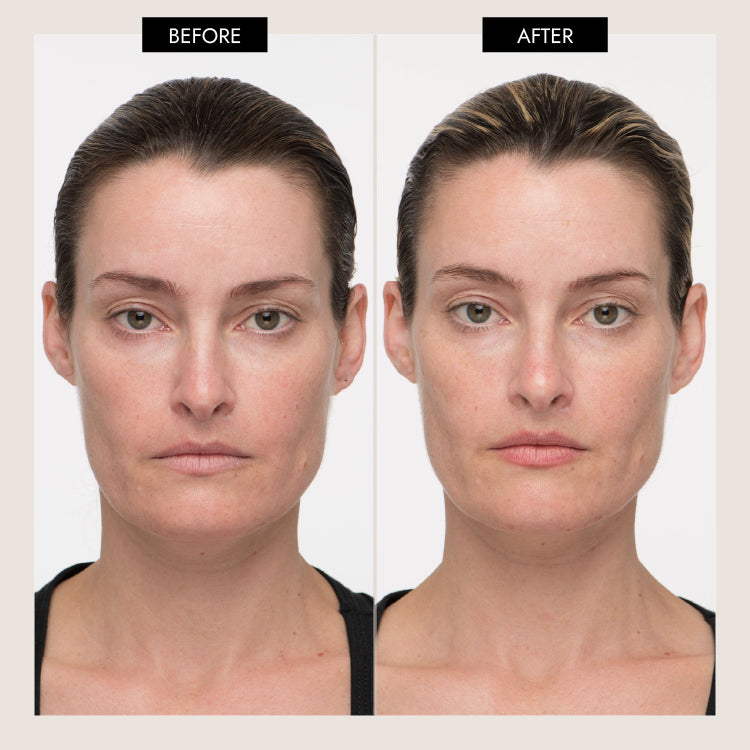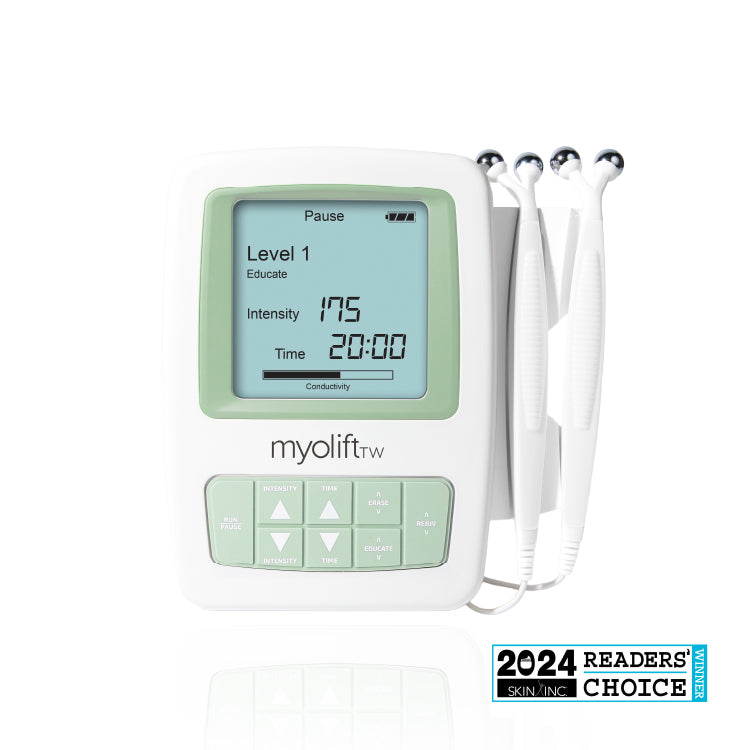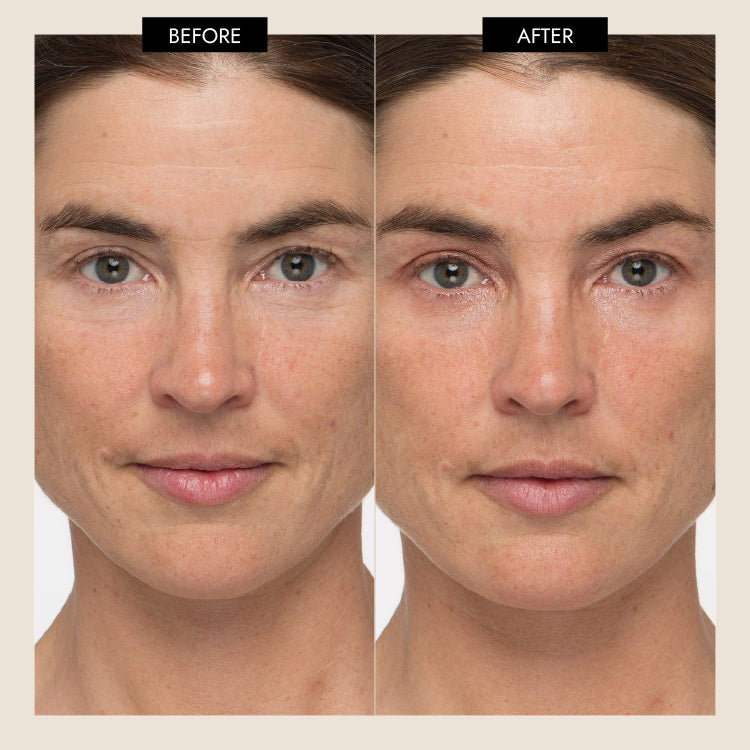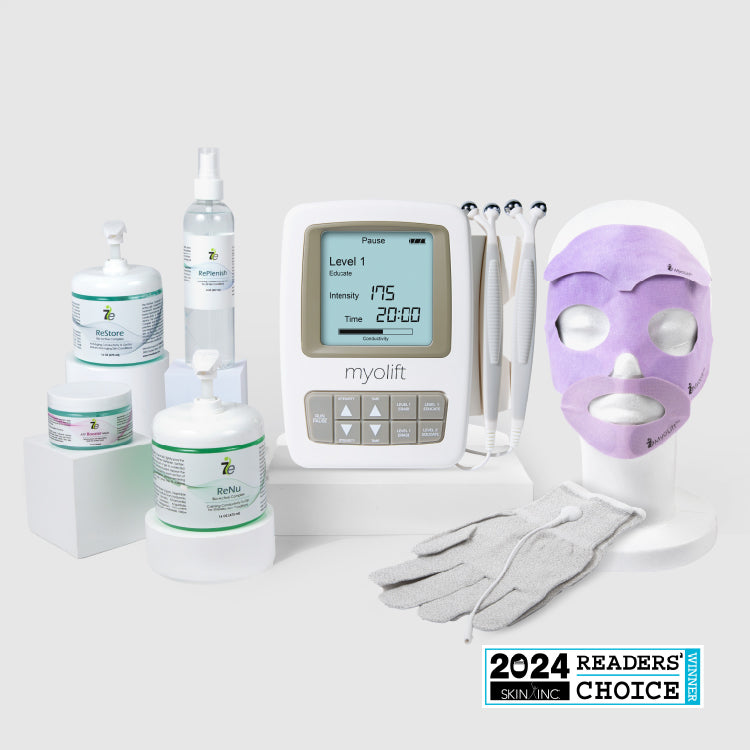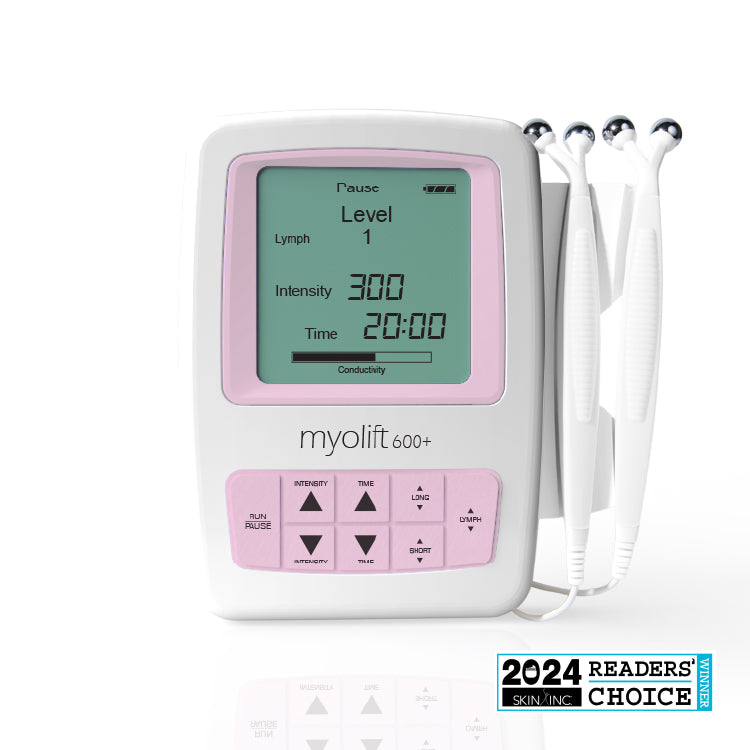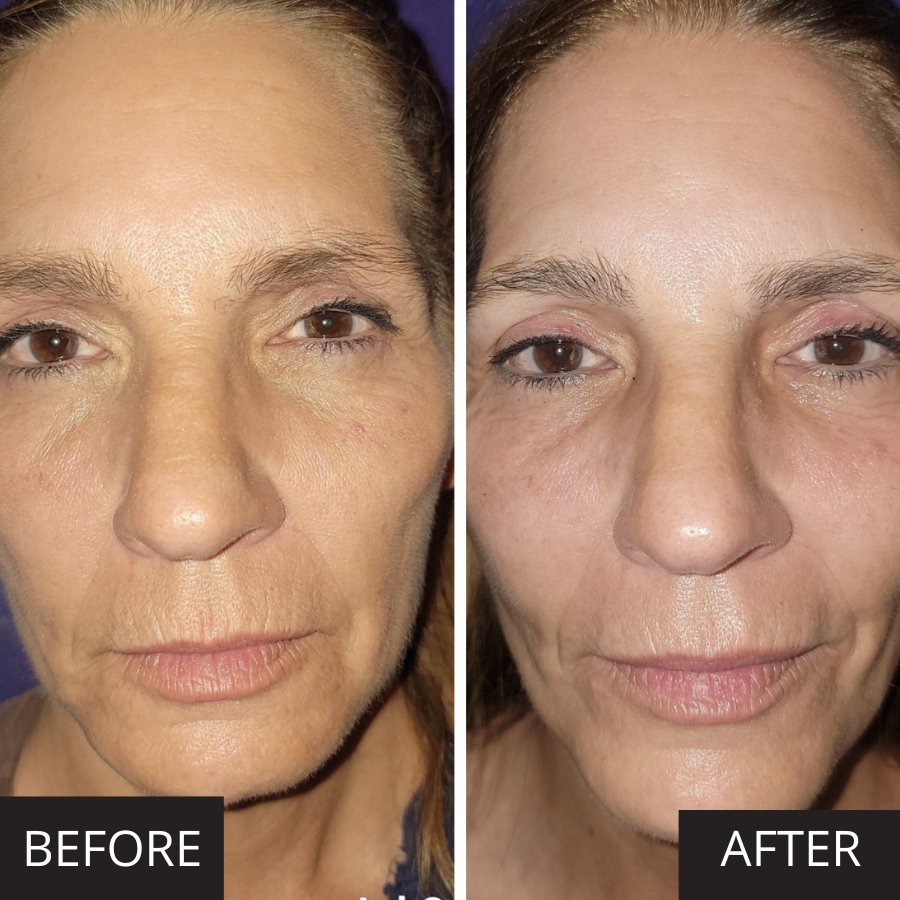Key Medical Experts Reveal Holistic Tips for Skin Repair

Even if one wears sunscreen, exposure to the sun can cause oxidative stress to the skin & DNA damage like we mentioned in our previous blog. This leads to decreased collagen and matrix proteins which lead to wrinkles, dehydration, thickening of the epidermis and discoloration of the skin. How do we deal with this kind of damage? We spoke to key leaders in the field for their best tips on skin repair from sun-damage.
Dove Men+Care expert dermatologist, Dr. Terrence Keaney concurs on diet as a major part of cures as well. “Good Skin starts within. I’m a huge proponent of treating skin from within and foods rich in antioxidants are a great diet for sun-damage repair and maintain a radiant complexion.
Here are some of the top anti-oxidant rich diet for sun damage that are my go-to’s:
- Goji berries
- Wild blueberries
- Dark Chocolate
- Pecans
- Artichoke
- Elderberries
- Kidney Beans
- Cranberries
Natural Care brings Natural Cure
We recommend complex antioxidants from plants,” says Cindy Jones, Ph.D. a leading biochemist. “Some plants that have been found useful to repair sun damage include tea (Camellia sinensis), Fennel (Foeniculum vulgare), and calendula (Calendula officinalis).”
She continues, “Studies show that tea (green or black) can decreases wrinkles, increase collagen, and overall improve the extracellular matrix. It is effective both topically and ingested. Fennel, which contains chlorogenic acid also acts as an antioxidant and inhibits matrix metaloproteinases which degrade collagen. Calendula is rich in carotenoids such as lutein which again act as an antioxidant, help maintain collagen as well as help epithelial cell turnover. These are good things to look for in your skin care and skin care formulator.”
State-of-the-Art Treatments
For Allison Arthur, MD, FAAD, the tips are three-fold. She recommends:

Daily sunscreen
An article published in the journal Dermatologic Surgery in 2016 by M. Randhawa and colleagues showed that daily use of a facial sunscreen can visibly reverse signs of sun damage, in addition to preventing additional damage.

Intense pulsed light (IPL) or facial peels
IPL uses pulses of light-based energy to target brown pigment and dilated blood vessels in the skin. A series of 3-4 treatments helps to even out the skin tone and minimize the appearance of sun spots. Patients with lighter complexions are often good candidates for this treatment-- talk to your dermatologist to see if it's right for you.
Facial peels are another option for improving the appearance of the skin. Special solutions are applied to the skin to break up the bonds between the skin cells. This leads to peeling and sloughing of the outer layers of dead skin, and results in smoother, brighter skin.

Photodynamic Therapy (PDT)
For patients who have precancerous cells caused by years of chronic sun exposure, there are treatments that can be done to broad areas of skin like the face, ears & scalp to help clear the abnormal cells. Your dermatologist can assess whether you're an appropriate candidate for in-office treatments like photodynamic therapy (PDT) or prescription creams such as 5-fluorouracil.
Protect and Re-Surfact
Dr. Joshua D. Zuckerman, MD, FACS, a noted plastic surgeon based in New York City says that while you can’t fully reverse damage caused due to sun exposure, you can reverse some of the signs of it, there are a few things that one can do to help offset the issue. His insights are as follow:
- It’s never too late to apply sun screen. While most of the sun damage is done by the time you have a sunburn, you can still avoid further damage by applying sun screen and staying in the shade.
- Laser Resurfacing and Chemical Peels can help eliminate fine lines and wrinkles linked to sun damage and age spots by removing the existing outer layers of skin. I often recommend three treatments with the Fraxel laser for low to moderate damage, and a more intense CO2 laser for higher levels of damage.
- It has become popular to include Retinoids in lotions. While the Retinoid itself actually makes you more sensitive to the sun, using it at night can help eliminate fine lines and wrinkles due to sun damage.
Medicine And Science
However, Jerome Potozkin, M.D. offers a more paired down approach. "As far as repair goes I favor simplicity. Daily use of a topically applied anti-oxidant such as Vitamin C or Resveratrol can help protect the skin from Ultraviolet light exposure. A prescription strength topical retinoid such as Renova (containing tretinoin) can help reverse sun damage and stimulate collagen production.” He says that the extent of the damage can be later evaluated by visual inspection, use of a dermatoscope as well a computer digital analysis with a system such as Visia.
Holistic Strategies
"The fact remains, science has yet to find a single ingredient that can reverse the aging process,” Fayne Frey, MD. So she cautions to beware of miracle products. For optimal skin health, here’s her advice:
- Moisturize twice a day - increasing water content of the superficial layers of skin allows the skin to perform its duties as a protector from environmental stressors ( microbes, UV light, allergens) optimally.
- Apply sunscreen DAILY 365 days a year. There is ample evidence to show that sunscreen prevents signs of photo-aging and may even help reverse previous damage caused by the sun's harmful rays.
- Sleep - adequate sleep optimizes general health including skin health.
- Eat a healthy diet, a nutritious diet full of fruits, vegetables, protein and complex carbs maximizes body health.
- Exercise, break a sweat 5 days a week for at least 30 minutes.

